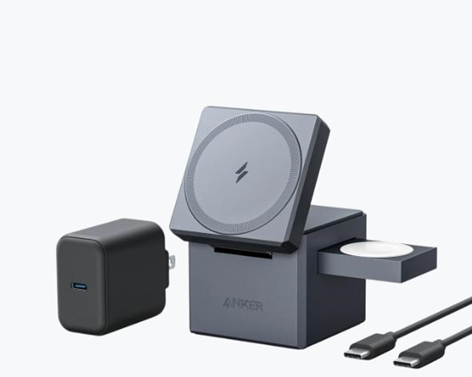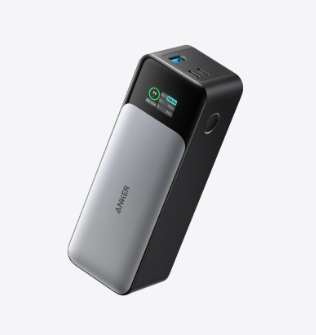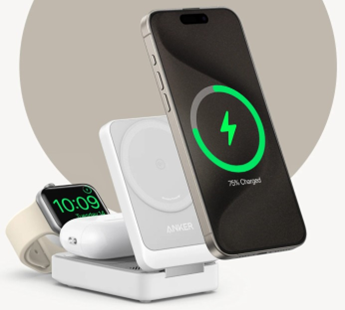How to Choose a Smartphone with Great Design
Smartphones are not just tools for communication and productivity; they are also fashion statements and reflections of personal style. Smartphone design plays a crucial role in both the aesthetics and usability of the device. It affects how a phone feels in your hand, how easy it is to use, and how it’s perceived by others. The demand for phones that combine functionality with stylish looks has surged, especially among younger generations who prioritize both form and function. Whether you prefer a sleek, modern design or a rugged, durable build, choosing a smartphone that fits your lifestyle and personal taste is essential.
Consider the Materials and Build Quality
When selecting a smartphone with exceptional design, it is essential to consider both materials and build quality, as these factors significantly influence not only aesthetics but also durability. High-end smartphones often feature premium materials like glass, metal, or ceramic; for instance, glass backs offer a sleek, modern look that reflects light beautifully, while metal designs provide robustness and scratch resistance. Although less common, ceramic is valued for its smooth finish and high scratch resistance, ensuring longevity and a sense of luxury. Additionally, build quality plays a critical role; a well-constructed phone with a seamless finish and precision-cut edges reflects meticulous craftsmanship. Smooth transitions between materials enhance the tactile experience, whether through a matte back that resists fingerprints or a glossy finish that amplifies color. Ultimately, these elements combine to elevate a smartphone's design from good to exceptional, making thoughtful material and build quality choices crucial.
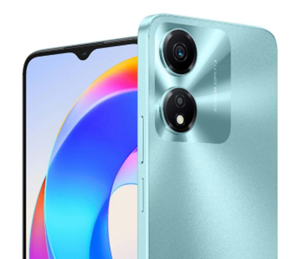
Focus on Ergonomics and Comfort
A smartphone's design transcends mere aesthetics; it fundamentally influences how it feels in your hand and enhances the user experience, making ergonomics essential for long-term comfort, especially for those who spend hours glued to their screens. The shape and size of a phone are pivotal; models with rounded corners and slim profiles fit snugly in the hand, reducing strain during extended use. In contrast, larger phones, while excellent for media consumption, can become cumbersome if not ergonomically designed, leading to discomfort during texting or browsing. Moreover, the importance of weight distribution cannot be overlooked—an evenly balanced phone feels lighter and more manageable, making it ideal for users constantly on the go.
Equally significant is the placement of buttons and ports, which may seem trivial but greatly impacts usability. Well-positioned volume and power buttons allow for intuitive handling, sparing users from awkward finger stretches. Additionally, a symmetrical layout of ports, such as the charging port and headphone jack, not only enhances practicality but also contributes to the overall design elegance. Thus, a smartphone that harmonizes comfort, functionality, and aesthetics creates a seamless user experience, proving that good design is about much more than just looks.
Pay Attention to Design Details
Unique Colors and Finishes
One of the most visually striking elements of a smartphone is its color and finish. Unique colors, especially those inspired by nature or gemstones, can make a device truly stand out. Gradient finishes, where the color subtly shifts depending on the angle of light, offer a dynamic and modern look. Matte finishes provide a sleek, understated aesthetic, while glossy finishes give a phone a more vibrant, eye-catching appearance. For instance, the HONOR X5 plus offers new colors that are both elegant and inspired by the starlit sky. These colors resemble dazzling gemstones, twinkling in the night sky and exuding the charm of light. This attention to color and detail not only makes the phone visually stunning but also gives it a unique identity, perfect for users who want their device to reflect their personal style.
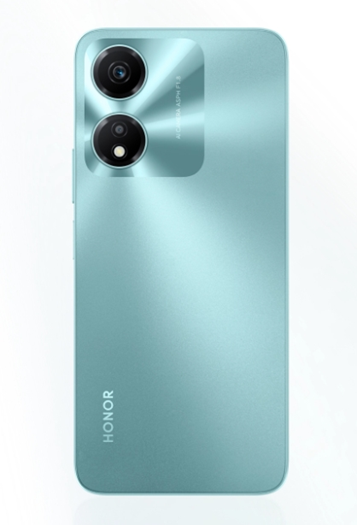
Camera and Screen Design
The design of the camera module and screen also significantly influences the look of a phone. A flush camera module provides a more streamlined appearance, while a protruding camera can add a touch of boldness to the design. Additionally, the placement of the camera—whether it’s centered or in the corner—affects the symmetry and balance of the phone’s overall look. Screen design has also evolved, with many modern smartphones featuring edge-to-edge displays that minimize bezels for a more immersive experience. Punch-hole cameras, which take up less space on the screen than traditional notches, offer a cleaner, more futuristic design. These design choices enhance both the usability and aesthetic appeal of the phone.
Innovative Features
Some smartphones push the boundaries of design with innovative features like foldable screens, pop-up cameras, or under-display fingerprint sensors. These cutting-edge design elements not only make the phone look futuristic but also introduce new functionality. Foldable phones, for example, combine the portability of a smartphone with the larger screen real estate of a tablet, offering a unique and practical solution for multitaskers.
Conclusion
Choosing a smartphone with great design is about more than just good looks. It involves finding the perfect balance between premium materials, ergonomic comfort, and stylish details that reflect your personal taste. Whether you prioritize durability, color, or innovative features, selecting a phone that fits your needs and lifestyle is key. With options like the HONOR X5 Plus, which offers both stunning design and practical performance, you can enjoy a smartphone that combines form and function seamlessly. Remember, a well-designed phone not only enhances your user experience but also makes a statement about your style.
